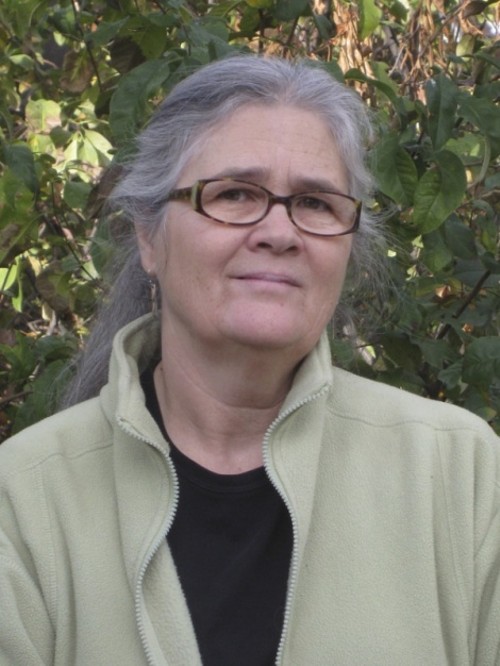At the Forefront of Folk
Carol Edison's national recognition points to Utah's strong folk-arts program.
By Brian Staker @stakerizedWhat’s really astounding is the depth of her involvement in the folk arts in the state. You name it, and if it’s a subcategory of folk art, she’s explored it: She has conducted fieldwork in Utah’s Native American, rural, occupation and ethnic communities. Her research work has culminated in the production of numerous exhibits, concerts, festivals, audio-visual productions and publications featuring Utah’s community-based traditional arts and artists. Edison has spoken and written about everything from cowboy poetry, Navajo basketry, Utah food traditions and Hispanic arts to Mormon material culture, Utah folk arts, Southeast Asian refugees, Polynesian immigrants, the folk culture of Sanpete Valley and historical gravestones.
Her most frequently cited publication is the book Cowboy Poetry From Utah: An Anthology, published by the Utah Folklife Center in 1985, when the cowboy poetry movement was about to begin a surge in popularity; Edison hopes to put the currently out-of-print book online soon. But she believes the growth of the Chase Home Museum of Utah Folk Arts, for which she has served as curator, has been her most important work. The museum, located in Liberty Park, became the permanent home of the state’s folk-art collection upon her taking direction in 1987. “We have folk art from local artists touring all over the state. If there’s one thing I’ve accomplished, it’s working with the museum,” she says.
The museum is the flagship of a folk-art program that encompasses all corners of Utah and all types of artists. “Utah‘s folk-art program is the third oldest in the country,” she explains, “founded in 1976 under a push from the federal government to create folk arts programs in the states.”
“The Utah program is one of the very finest in the U.S., supporting local artists and cultures in every county of the Beehive State,” said American Folklore Society executive director Timothy Lloyd. “I often have occasion to note it as a national model.”
Edison cites Utah’s involvement back to the Work Projects Administration era and support of people like pioneering folklorist Benjamin Botkin in the 1930s, as well as earlier. “When Brigham Young arrived here, he marked the spot where he wanted the theater built,” she notes. “That’s folk art.”
Edison is the third Utahn out of 17 national honorees since the prize was instituted in 1994 in honor of the noted New Deal-era folklorist. Elaine Thatcher was named in 2006, and Hal Cannon, founder of the Western Folklife Center and the annual National Cowboy Poetry Gathering, in 2001. “Cannon hired me in the 1970s, and was a mentor of mine, so I’m very honored to follow in his footsteps,” Edison said.
In recent years, Edison notes that communities of refugees from places as far away as Africa, Myanmar, the Middle East and the former Soviet Union have been adding their performance and craft traditions to the increasing diversity of the state’s cultural fabric. In a sense, the Botkin prize isn’t just a comment on Edison’s work or even that of the state program, but on the residents of the state itself in creating a rich folk art tradition in the face of an increasingly homogenized, globalized culture.
But there remains something uniquely Utahn about our culture even as it expands to include new members—something about persisting in expressing ourselves in the face of adversity, whether faced by early settlers or refugees finding a place here now. “It makes sense that Utah has had a deep interest in folk arts,” she maintains. “It’s in our blood.”
More by Brian Staker
-
Live Music Picks: April 12-18
Judas Priest, The Residents, Clownvis Presley, The Breeders and more.
- Apr 11, 2018
-
Loving the Alienation
Helios Creed and Chrome continue making iconoclastic music for outcasts.
- Mar 28, 2018
-
Live Music Picks: March 22-28
U.S. Girls, Ed Schrader’s Music Beat, Hell’s Belles, Columbia Jones and more.
- Mar 21, 2018
- More »



